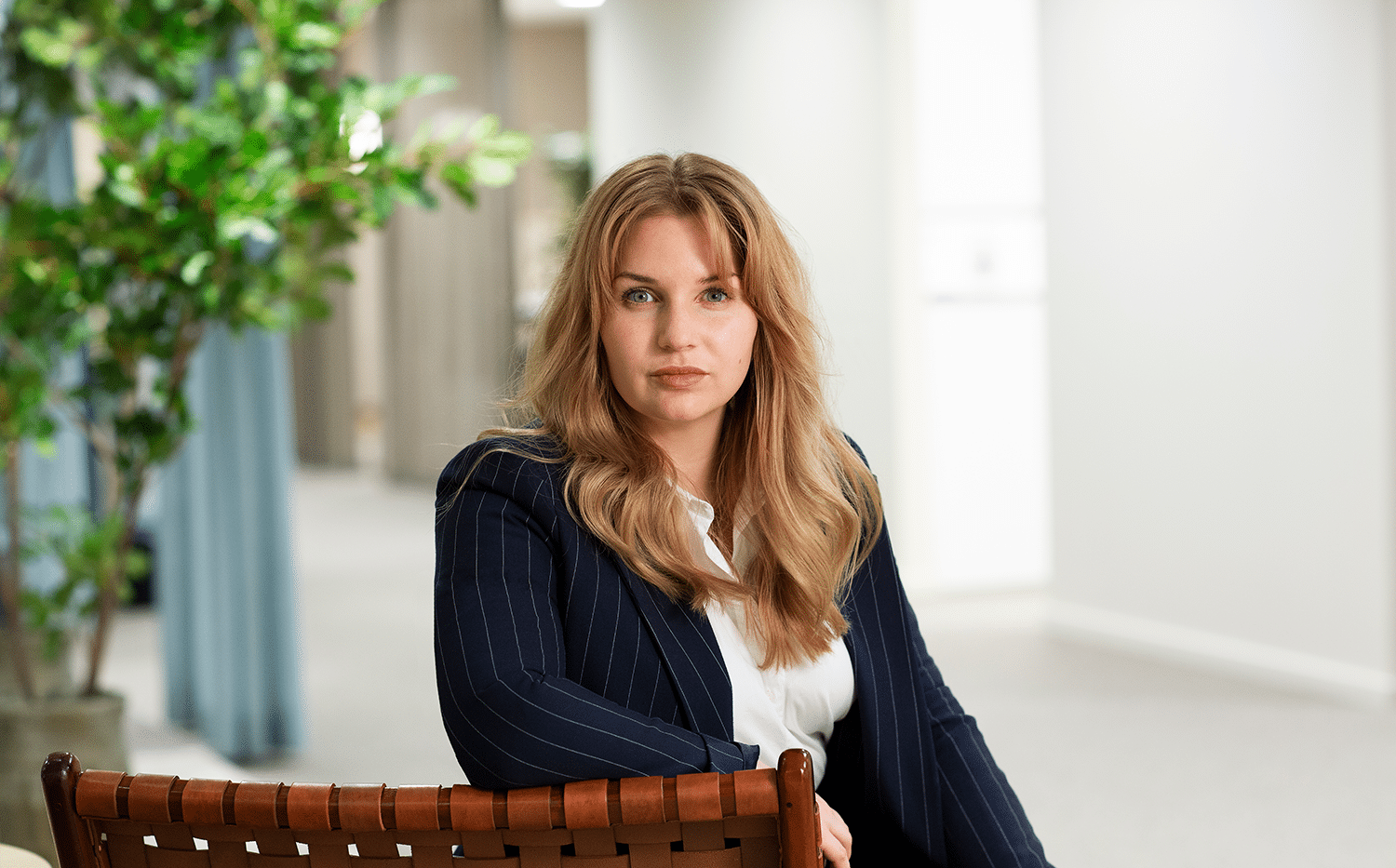Sustainability Report 2021: Adapteo makes strides in expanding its circular business model
- 2 min reading

The construction and real estate sector is responsible for approximately a third of the world’s energy related carbon dioxide emissions, according to a number of global studies. During the past year, Adapteo has taken several steps towards becoming one of the most sustainable companies in the construction and real estate industry, among those being their many initiatives in circularity. This is shown by the company's latest sustainability report.
Adapteo, leading partner in flexible building solutions in Northern Europe, launched new and ambitious sustainability goals in 2021 in order to reduce its climate impact, both its own and that of the users. Adapteo’s latest sustainability report includes information about several initiatives that were implemented last year to expand the company’s circular business model. For example, the Swedish Environmental Institute IVL was commissioned to carry out a lifecycle analysis of Adapteo’s C90 building, to find out the building’s environmental impact from a climate perspective.
According to the analysis, building material accounts for a large part of the climate impact, which is something that is true for the entire industry. Today, Adapteo uses mainly renewable material in its own products which are made up of 41 percent wood1, which has less climate impact than fossil materials such as concrete. The largest impact comes from the insulation, which accounts for a third of the climate impact from the building materials. By using the insights from the lifecycle analysis in new production and design of buildings, and by choosing materials with less climate impact, Adapteo can reduce its environmental impact even further.
“Adapteo’s goal is to use 100 percent sustainable materials by 2030. Switching to more sustainable building materials is necessary to reduce the climate footprint of not only Adapteo, but the entire industry. The main source of emissions from the construction and real estate buildings is the production of new materials, primarily concrete. But this is only a part of the solution, we also need to reuse and recycle more. That is why our business model is circular, our buildings can be adapted and reused when the needs of people and society change. This results in a lower climate footprint compared to new production,” says Hanna Wennberg, Sustainability Director at Adapteo.
Through extending the buildings lifecycles and enabling more reusability, Adapteo can lessen its climate impact substantially. An increase in the use of a building by an average of 10 years can reduce its climate impact by up to 25 percent2 per use, in terms of the building's total lifespan. Last year, seven out of ten Adapteo buildings in operation were units that were reused.
“We are constantly trying to find new initiatives to become more circular. One example is that we are selling inventory from our reused buildings, so that the interior can be given new life and be reused. During 2021, over 300 products such as fire escapes, steel ramps and doors got a new owner,” says Hanna Wennberg, Sustainability Director at Adapteo.
Since last year, 100 percent of all wood that is used in Adapteo’s newly produced wooden buildings has also been certified by Forest Stewardship Council (FSC), promoting environmentally appropriate, socially beneficial, and economically viable management of the world’s forests.
1) In a C90 building developed by Adapteo.
2) At 35 years of use of a C90 building, instead of 25 years.
For more information, please contact:
Erika Regnér, PR & Communications Manager, Adapteo Group, +46 (0)73-841 81 02, erika.regner@adapteo.com
Adapteo in brief
Adapteo is the leading adaptable space partner in Northern Europe. We develop, build, rent out and sell adaptable buildings for schools, daycares, care centres, offices, and accommodation. With our modular and circular building solutions, our customers can transform, repurpose, scale up and scale down based on their changing needs. That is how we build adaptable and sustainable societies. Adapteo has a building portfolio of 1.3 million square metres and operates in Sweden, Finland, Norway, Denmark, Germany, Belgium, the Netherlands and Lithuania. A majority of our revenues is generated by rental contracts from the public sector.